As the world grapples with climate change, overfishing, and food insecurity, the search for sustainable solutions has never been more critical. Aquaculture—once viewed with skepticism due to environmental concerns—is undergoing a quiet revolution. Thanks to innovation, it’s evolving into a beacon of hope for both ocean health and global food systems.
The future of aquaculture lies not in traditional fish farms but in pioneering, eco-conscious methods that blend technology, biology, and sustainability. These new approaches don’t just reduce harm—they actively regenerate ecosystems, conserve resources, and produce healthier seafood.
This article explores the most innovative aquaculture methods shaping a more sustainable future—methods that offer real solutions to real-world challenges.
1. Integrated Multi-Trophic Aquaculture (IMTA)
IMTA is nature-inspired aquaculture. It involves cultivating multiple species from different trophic levels in a single system. For example:
- Fish (which produce waste)
- Shellfish (which filter organic particles)
- Seaweed (which absorbs excess nutrients)
By mimicking natural ecosystems, IMTA reduces environmental impact and boosts productivity. It turns waste from one species into food for another—creating a closed-loop system with minimal pollution and maximum efficiency.
Why it matters:
IMTA promotes biodiversity, lowers production costs, and makes farms more resilient to disease and market fluctuations.
2. Recirculating Aquaculture Systems (RAS)
RAS is a land-based method that uses sophisticated water filtration to reuse up to 99% of water. These systems operate in controlled environments, allowing farmers to:
- Avoid ocean pollution
- Control temperature and oxygen levels
- Prevent disease outbreaks
RAS eliminates the need for ocean-based pens, making it ideal for areas far from the sea or with sensitive ecosystems.
Why it matters:
RAS makes fish farming scalable and environmentally friendly. It’s already used to grow species like salmon and tilapia in cities and even deserts.
3. Offshore and Deep-Water Aquaculture
Shifting aquaculture far from shore into deeper waters allows farmers to harness stronger ocean currents, which:
- Disperse waste more effectively
- Reduce conflict with coastal communities
- Provide cleaner, less polluted environments for fish
These deep-water farms use high-tech cages that can withstand harsh conditions while ensuring fish welfare.
Why it matters:
Offshore aquaculture frees up valuable coastal space and reduces the risk of environmental degradation near shorelines.
4. Biofloc Technology
Biofloc is a method where beneficial microorganisms convert fish waste into protein-rich feed. It involves creating a controlled microbial community in the water itself.
The result?
- Improved water quality
- Reduced need for external feed
- Lower disease risks
Why it matters:
Biofloc turns waste into a resource, dramatically improving sustainability and reducing operating costs for small-scale farms.
5. Seaweed and Shellfish Farming
Seaweed and bivalves (like mussels and oysters) require no feed, fertilizer, or freshwater. They clean the water as they grow—absorbing carbon, nitrogen, and other pollutants.
Seaweed farming is booming thanks to its climate benefits and commercial uses (in food, cosmetics, and biofuel). Oyster farms, meanwhile, stabilize shorelines and restore underwater habitats.
Why it matters:
These zero-input species offer the rare combination of profitability, environmental benefit, and climate resilience.
6. Aquaponics: Combining Fish and Plants
Aquaponics merges aquaculture with hydroponics. Fish waste provides nutrients for plants, and the plants purify the water for the fish.
It’s a self-sustaining system ideal for urban or indoor farming and is especially popular for growing herbs, leafy greens, and tilapia.
Why it matters:
Aquaponics uses 90% less water than traditional agriculture and can operate year-round with minimal space—perfect for sustainable urban food systems.
7. Smart Monitoring and AI Technology
Modern aquaculture is going digital. Farms now use sensors, drones, and artificial intelligence to monitor:
- Water quality
- Feeding habits
- Fish behavior
- Disease detection
Real-time data helps farmers optimize production while minimizing waste and stress for the fish.
Why it matters:
AI makes aquaculture more efficient, transparent, and humane—essential for scaling sustainability and building public trust.
Benefits of Embracing Innovation in Aquaculture
These forward-thinking methods aren’t just “nice to have”—they’re critical for:
| Benefit | Description |
|---|---|
| Environmental Protection | Minimizes pollution, habitat destruction, and overfishing |
| Economic Growth | Supports coastal economies and provides stable jobs |
| Food Security | Ensures a reliable supply of healthy protein |
| Climate Resilience | Adapts to changing weather, sea levels, and resource scarcity |
By innovating now, we ensure a healthier ocean and a more food-secure future.
How You Can Help Shape the Future
You don’t need to be a marine scientist to make a difference. Here’s how anyone can support the growth of sustainable aquaculture:
- Choose certified sustainable seafood (look for labels like Friend of the Sea)
- Support policies that encourage innovation and conservation
- Stay informed and share what you learn with others
- Explore plant- and ocean-friendly proteins, including seaweed
Together, we can transform how the world eats—one smart choice at a time.
Final Thoughts: A Sea of Possibilities
The future of aquaculture is bright, blue, and brimming with possibility. As innovation accelerates, we have the tools to feed the world without harming our oceans.
Sustainable aquaculture isn’t just possible—it’s already happening. And with continued investment, awareness, and community support, it can become the backbone of a truly sustainable food system.
🌿 Dive deeper into ocean conservation and aquaculture solutions at Friend of the Sea—and become part of the wave of change.

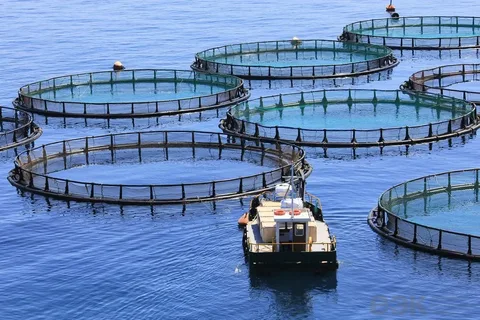



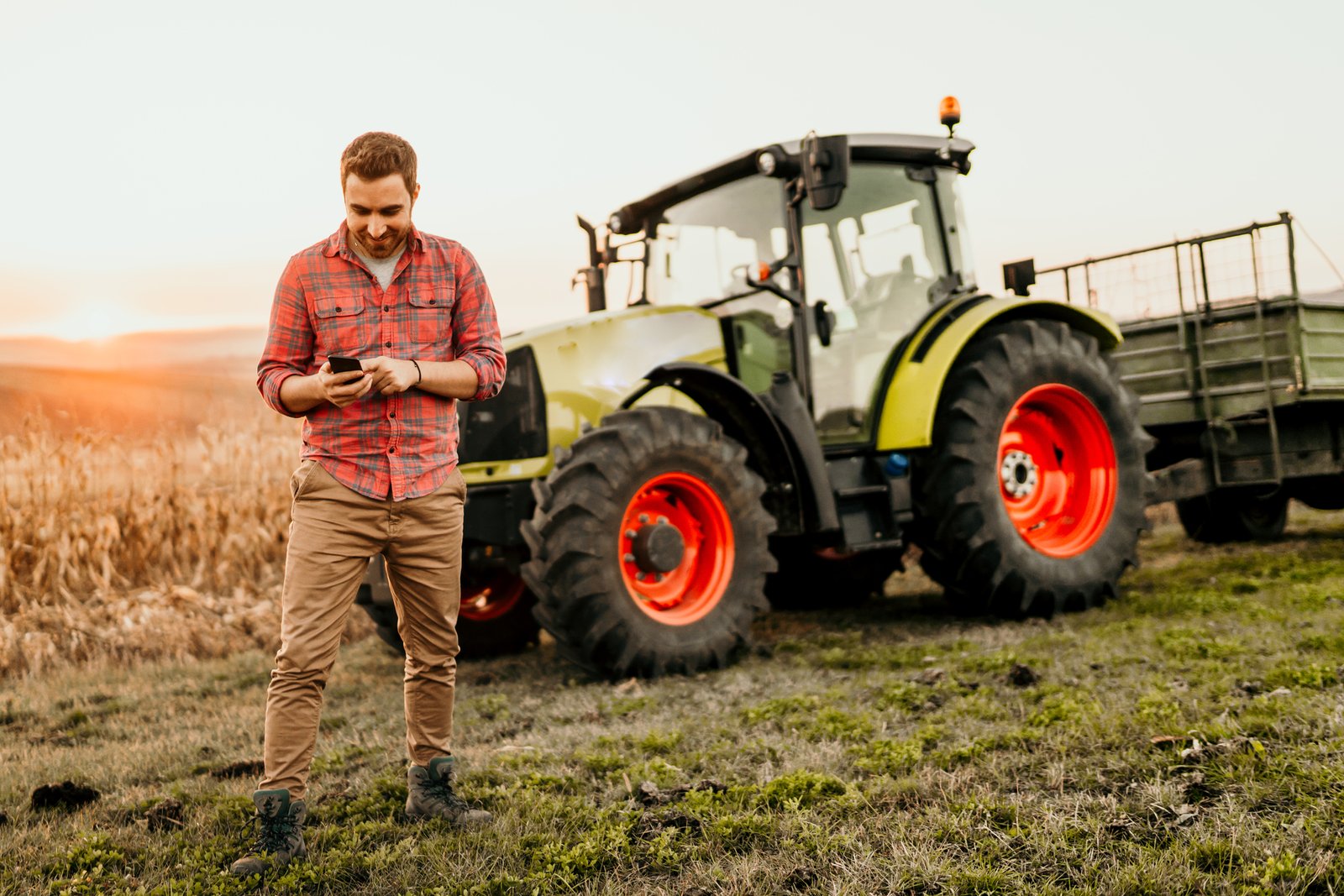
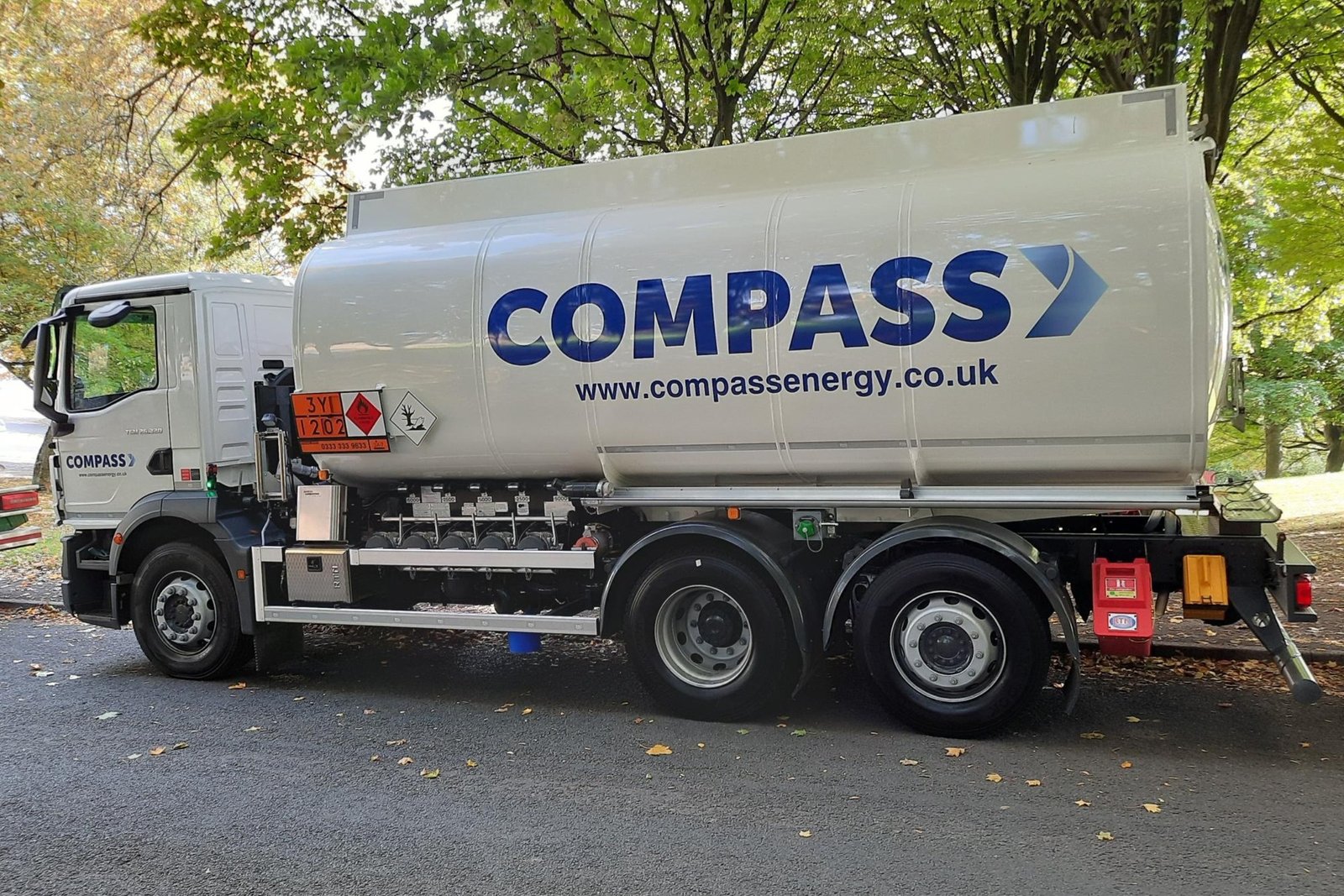
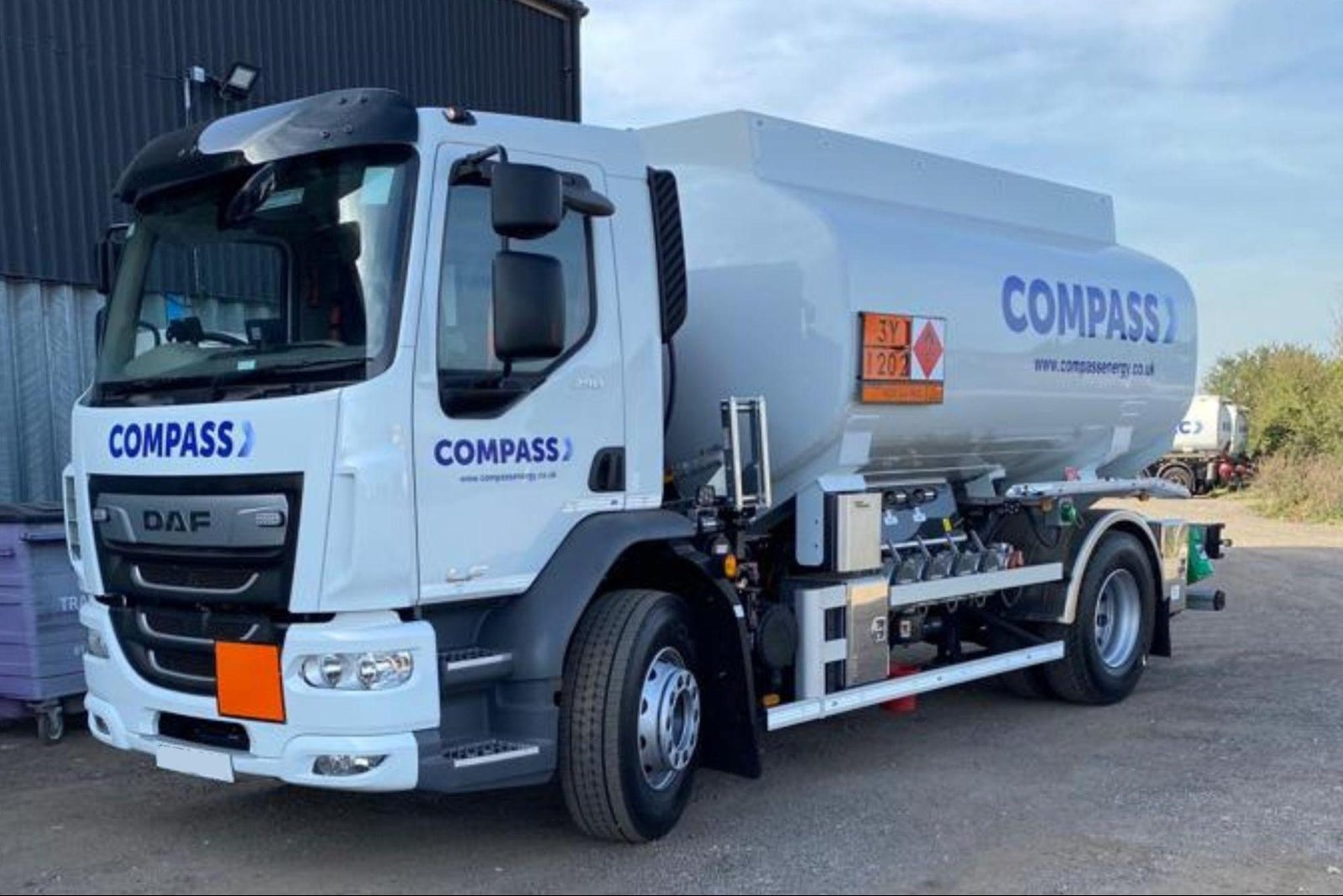
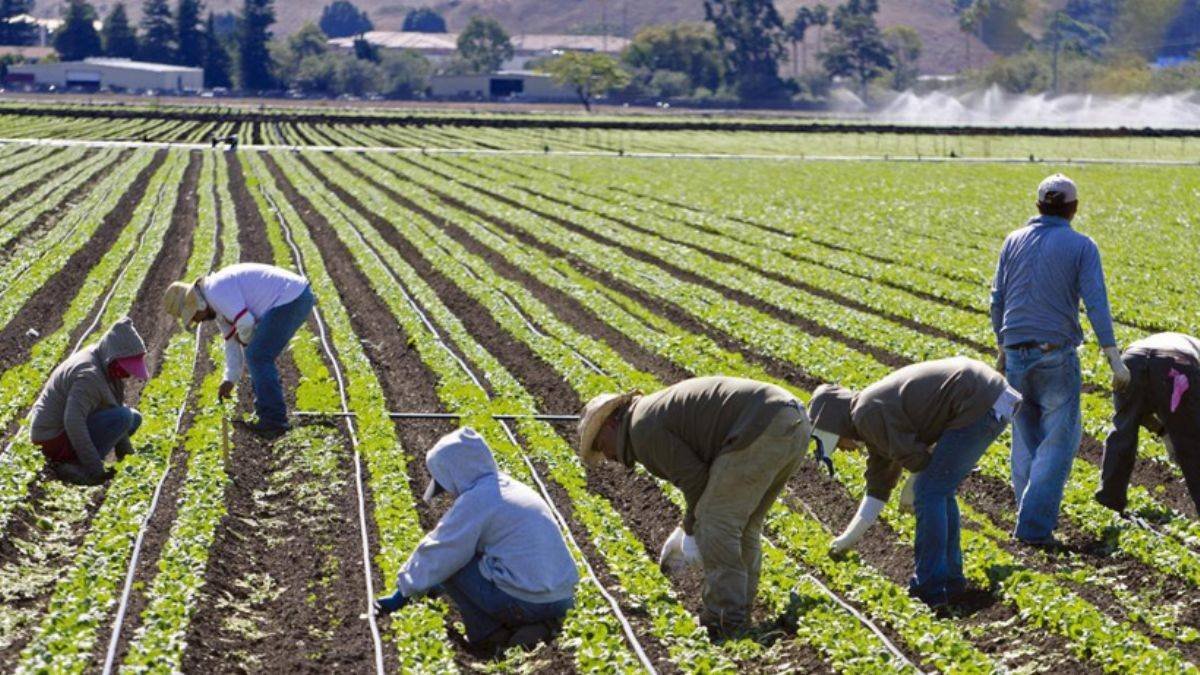



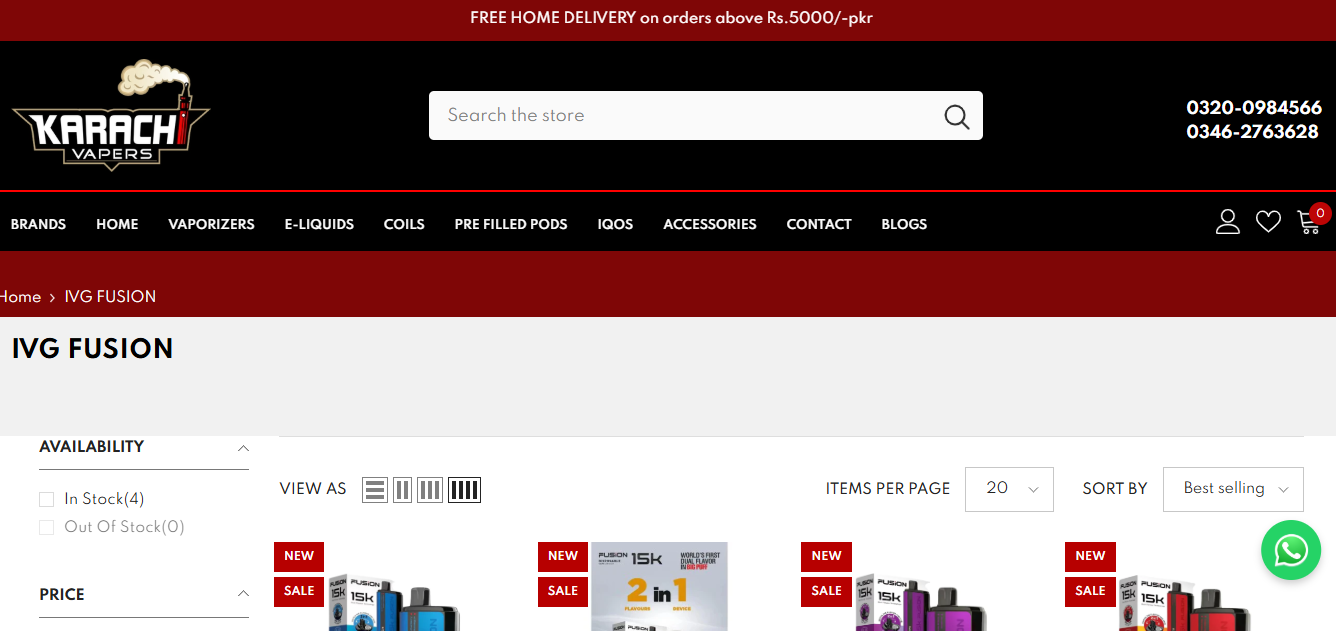
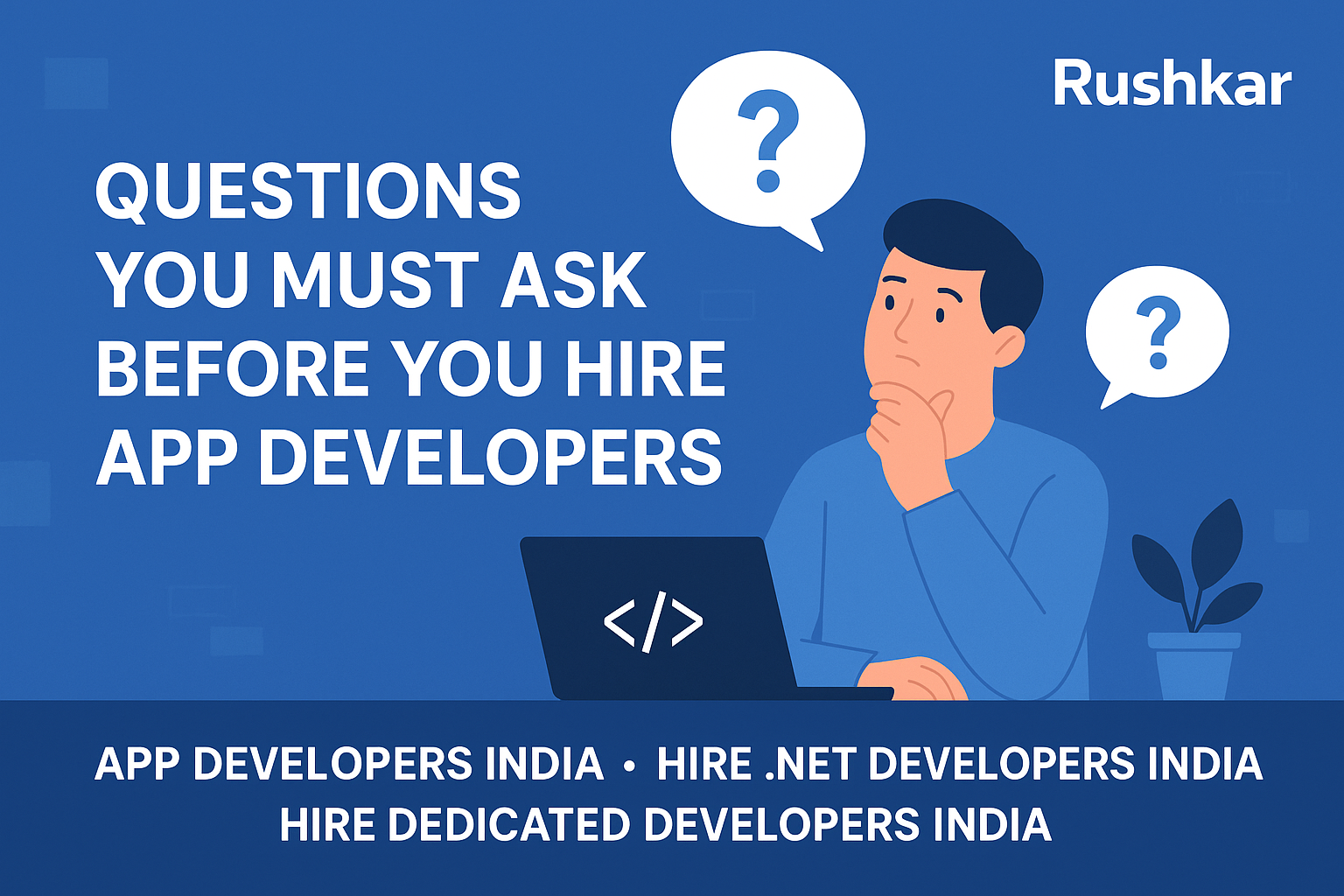


Leave a Reply